United States President Donald Trump posted on Truth Social reaffirming his stance against solar and wind energy, despite campaigning on an “all the above” energy platform.

The President said, “We will not approve wind or farmer destroying Solar.”
Despite the President’s claim of solar development’s impact to farmers, about 424,000 acres of rural land were affected by solar and wind development in 2020, less than 0.05% of the nearly 900 million acres used for farmland, said a 2024 USDA study. The study found that most of that land stayed in agricultural development after the projects were developed.
Trump’s administration has taken a series of anti-renewables actions during his second term, on top of Congress’ clean energy-gutting One Big Beautiful Bill Act. Federal actions include:
- An executive order requiring that Treasury apply stricter qualifications for solar and wind projects seeking federal tax credits.
- The Environmental Protection Agency is clawing back $7 billion in Solar For All grant funding. The grants are intended to support community solar projects with guaranteed bill savings for low-income Americans.
- Solar and wind projects seeking to develop on federally owned land now face “final review” from Trump-appointed Department of Interior head Doug Burgum.
- Trump executive order directed the Department of the Interior to scrub for “preferential treatment” for wind and solar and eliminate such treatment.
- U.S. Department of Agriculture will “no longer” fund solar projects, like those made available to farms and small businesses via the $4 billion Rural Energy for America (REAP) grant program.
- President Trump implemented widespread tariffs to most goods, as well as energy component-specific tariffs and tariffs on critical materials like steel and aluminum.
Despite the many roadblocks, renewable energy is dominating new-build electric generation project queues. The Energy Information Administration (EIA) reported the U.S. is projected to have a record year for electric capacity buildout in 2025, adding 64 GW. The previous record was set in 2002, when developers added 58 GW of capacity, 57 GW of which was natural gas.
But this time, the record year for installations will be led by an emissions-free source instead. Solar is expected to account for 33.3 GW of the 64 GW added this year. This is followed by 18.3 GW of battery energy storage, 7.8 GW of wind and 4.7 GW of natural gas, said EIA.
Analysis from Lazard finds that solar and wind energy projects have a lower levelized cost of electricity (LCOE) than nearly all fossil fuel projects – even without subsidy.
“On an unsubsidized $/MWh basis, renewable energy remains the most cost-competitive form of generation. As such, renewable energy will continue to play a key role in the buildout of new power generation in the U.S.,” said the Lazard report. “This is particularly true in the current high power demand environment, where renewables stand out as both the lowest-cost and quickest-to-deploy generation resource.”
This content is protected by copyright and may not be reused. If you want to cooperate with us and would like to reuse some of our content, please contact: editors@pv-magazine.com.

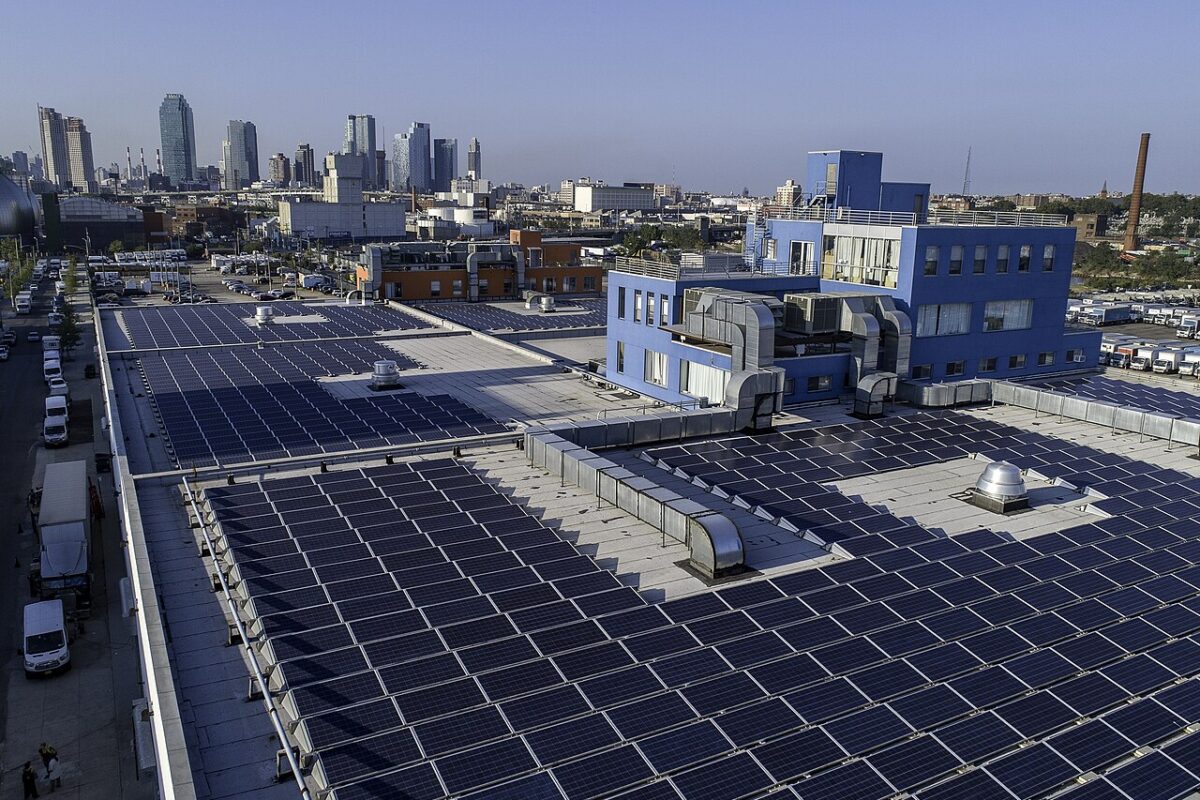


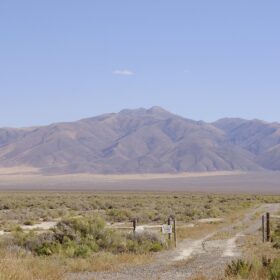

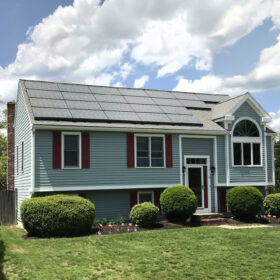
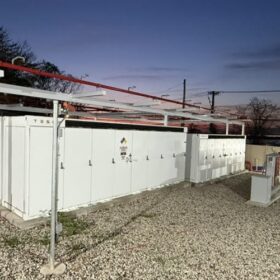
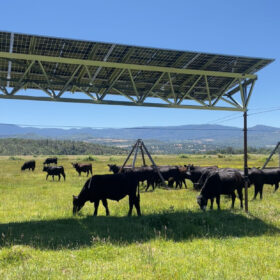
We need President Trump’s help to save our precious, productive farmland here in Nebraska!!
Nextera/Panama energy has corrupted and bought off our Lancaster county, Nebraska commissioners and all they see is green cash for their pockets. They plan to cover 2442 acres of highly productive farmland with ugly solar panels and BESS systems. They don’t care about us, the danger they are putting us in or the damage they are doing to our lives, our homes, our families and our real estate values. PLEASE HELP US, IT IS URGENT! We can not get our senators or congress people to help us.
Kim, that’s 4 square miles, which is tiny relative to the farmland area in Nebraska. A nuclear, coal or gas plant would take less room, but the lead times are far longer.
The farmland owner will get paid for use of the land. No worries about low crop prices, too much rain, too little rain, midnight machinery breakdowns, poor herbicide performance, high fuel costs, low yields, or fieldwork delays due to bad weather, so WHAT are you complaining about?
Solar panels do not cause “danger” or “damage”, just a daily harvest of clean carbon free energy. If anything, property values will increase, due to the guaranteed income year after year.
As projects like this get to the end of their ~30 year life, the decision could be made just to unbolt the panels, load them out on trucks, get a payloader out there to pull the posts and then…voila…it’s back to a farm field that can go back to crop production!
Sounds like you work for the fossil fuel industry….there’s the danger that has been proven to be causing damage to our soil, water, air & human health….
Energie crops need a lot of Water.
Solar dont need Water .
What ist better ??